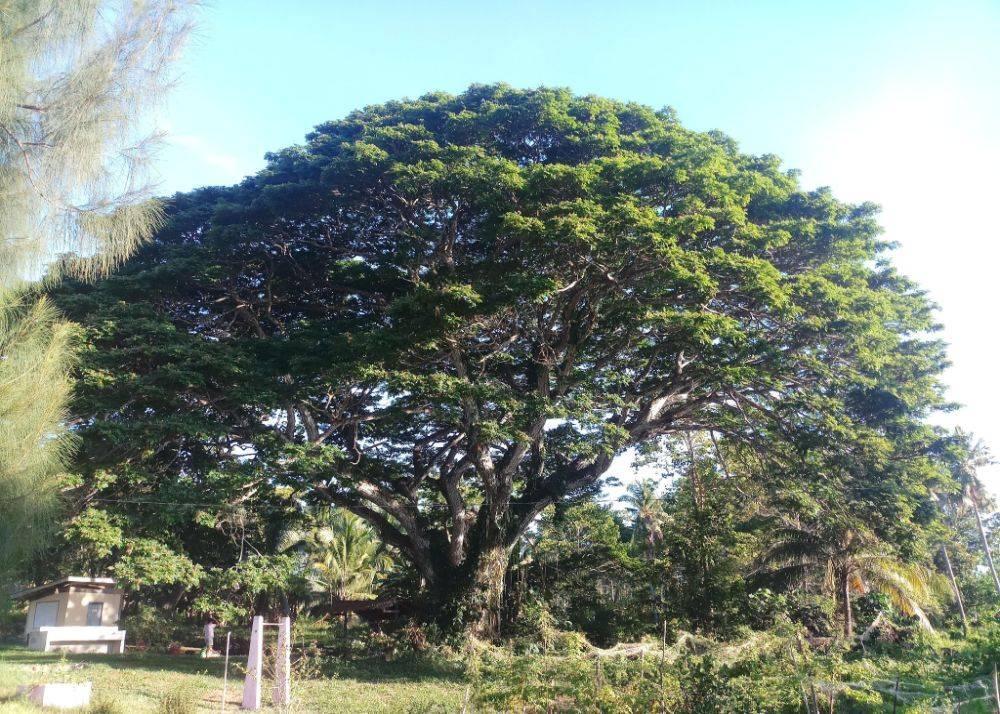
UP’s Kashi tops up Heritage Tree list with 99 ‘centenarian’ trees
The Uttar Pradesh (UP) government has launched a remarkable initiative to preserve the state’s natural heritage through the Heritage Tree Adoption Scheme, which has already led to the nurturing of a whopping 948 century-old trees across various regions. The initiative has seen Kashi leading the charge with an impressive 99 heritage trees, followed closely by Prayagraj, Hardoi, and Ghazipur.
This ambitious project not only showcases the state government’s commitment to conservation but also reflects the deep-rooted reverence for trees across various regions of UP. The effort is a testament to the state’s rich cultural and spiritual heritage, which is deeply intertwined with nature.
The Heritage Tree Adoption Scheme was launched by the UP government to identify, conserve, and manage century-old trees, which are not only a vital part of the state’s ecosystem but also a symbol of its rich cultural heritage. The scheme aims to promote the preservation of these trees, which are often threatened by urbanization, deforestation, and other human activities.
The dominant species found on the list of heritage trees in UP include Peepal, Banyan, Mango, and Neem, which are not only significant from an ecological perspective but also hold immense cultural and spiritual importance. The Peepal tree, for instance, is considered sacred in Hinduism and is often associated with the god Brahma, while the Banyan tree is revered for its unique structure and ability to thrive in harsh environments.
The Mango tree, meanwhile, is a symbol of UP’s fertile soil and the state’s rich agricultural heritage. The Neem tree, with its numerous medicinal properties, has been used for centuries in traditional medicine and is also considered a sacred tree in many Indian cultures.
The Heritage Tree Adoption Scheme is not only a conservation effort but also a unique opportunity for individuals and organizations to participate in the preservation of these century-old trees. Under the scheme, individuals and organizations can adopt a heritage tree, which involves taking responsibility for its maintenance, conservation, and management.
The scheme is expected to not only enhance the aesthetic appeal of the surrounding areas but also contribute to the overall environmental and ecological balance of the region. By adopting a heritage tree, individuals and organizations can also play a crucial role in promoting sustainable development and preserving the state’s cultural heritage.
The UP government’s initiative is a shining example of how conservation and cultural preservation can go hand-in-hand. By recognizing the importance of these century-old trees, the government is not only preserving the state’s natural heritage but also reflecting the deep-seated reverence for trees that is deeply ingrained in UP’s culture.
In conclusion, the UP government’s Heritage Tree Adoption Scheme is a remarkable initiative that showcases the state’s commitment to conservation and cultural preservation. The scheme’s focus on century-old trees, including Peepal, Banyan, Mango, and Neem, is a testament to the state’s rich cultural and spiritual heritage, which is deeply intertwined with nature.
As the scheme continues to grow, it is expected to not only enhance the aesthetic appeal of the surrounding areas but also contribute to the overall environmental and ecological balance of the region. By adopting a heritage tree, individuals and organizations can play a crucial role in promoting sustainable development and preserving the state’s cultural heritage.
Source:
https://thecsrjournal.in/yogi-govt-champions-heritage-tree-conservation-preserves-trees-across-up/



